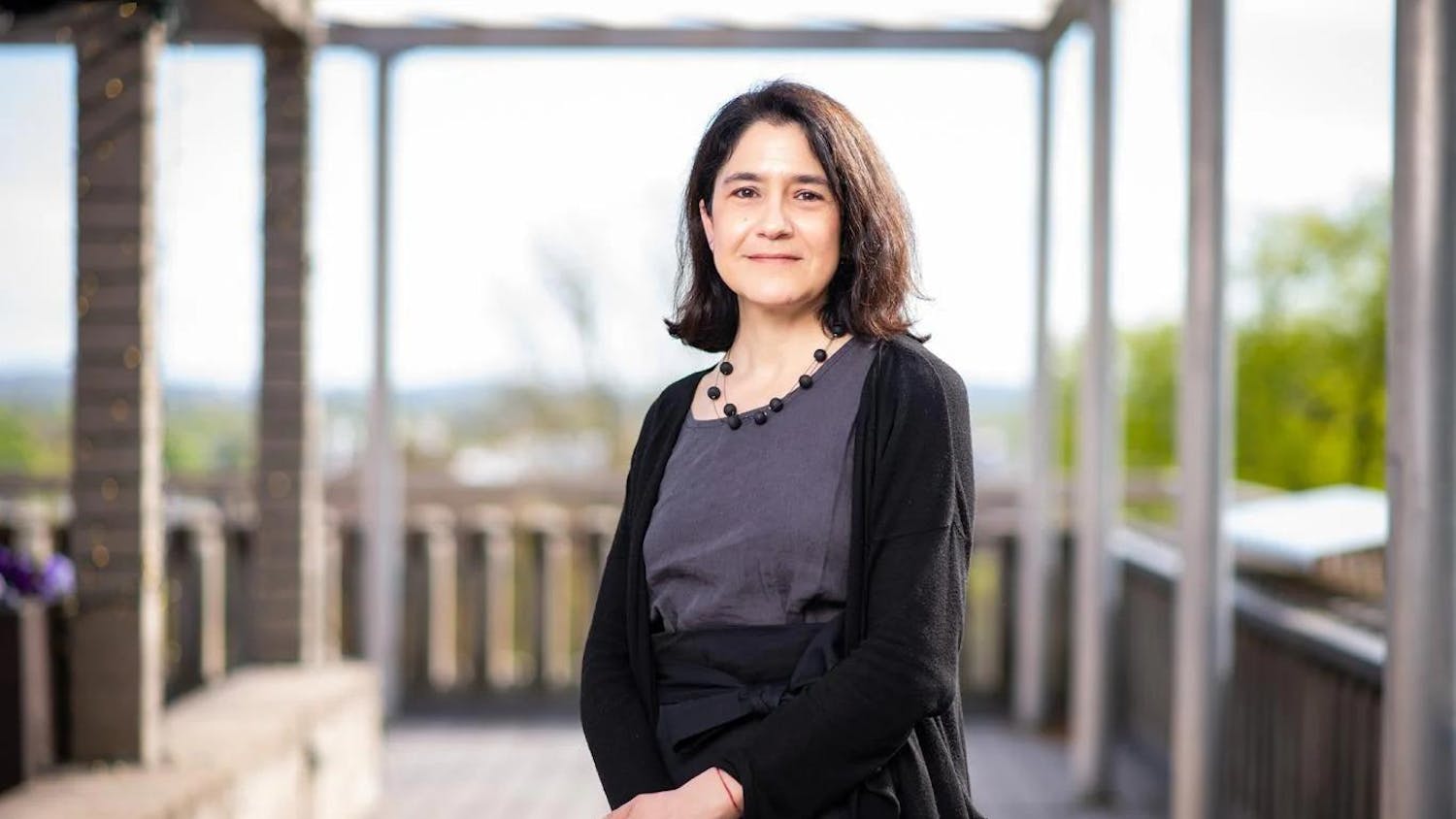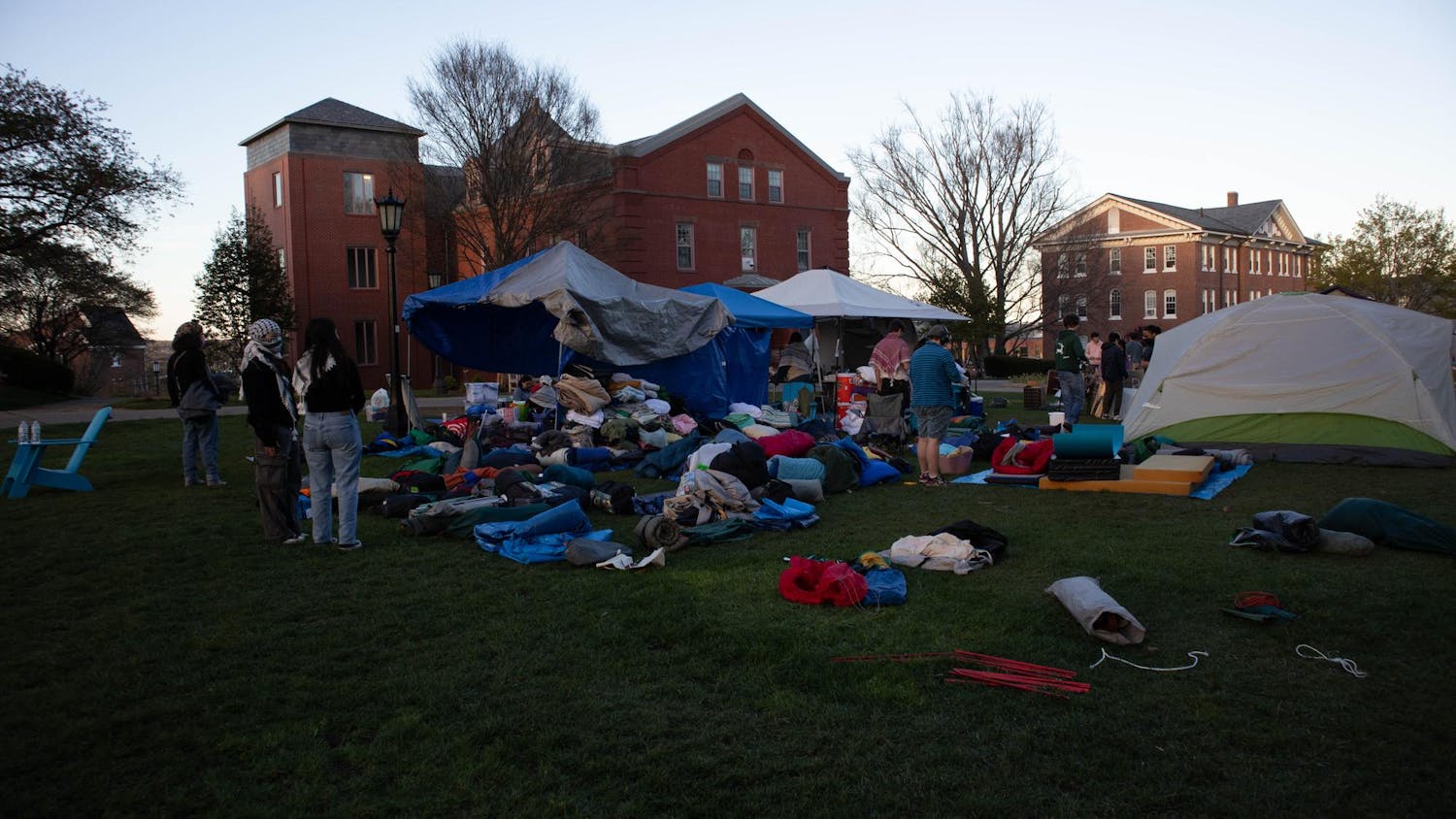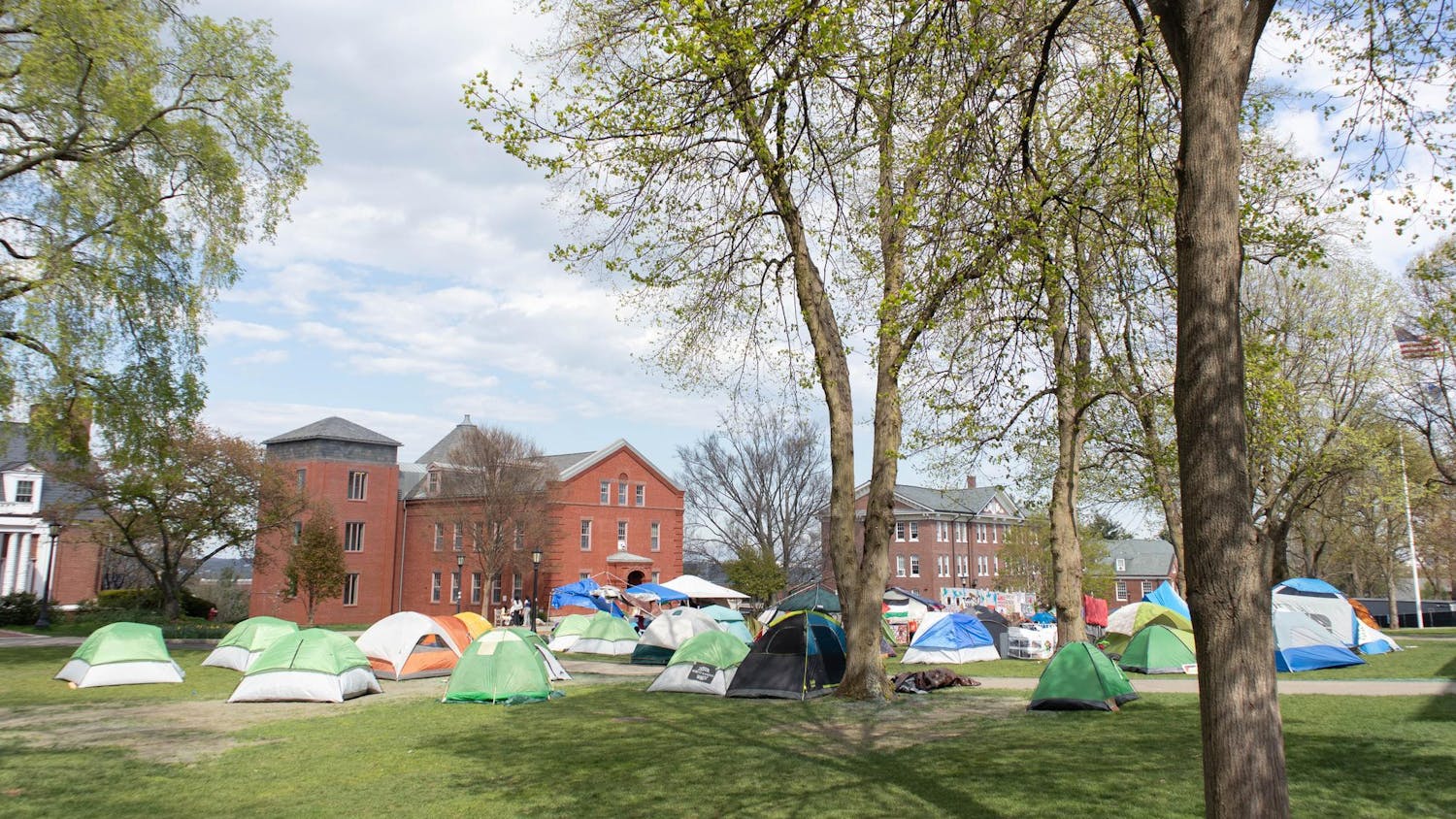The City of Somerville last week unveiled the city's first vision statement, the result of extensive public discussions about Somerville's future that involved over 250 residents.
The Somerville Vision Statement pledges to "foster the unique character of our residents, neighborhoods, hills and squares, and the strength of our community spirit as expressed in our history, our cultural and social life, and our deep sense of civic engagement."
The statement emphasizes the importance of transit and public transportation to the establishment of a strong economic foundation and to making the city more sustainable.
It will serve as a guide for the 60-person Comprehensive Plan Steering Committee, which was formed in August to strategize for Somerville's future growth.
The committee is tasked with considering issues of land use, transportation, urban design and economic vitality to map a 2010-2030 development plan for Somerville.
Project Manager in the Mayor's Office of Strategic Planning and Community Development Keith Craig said that it was an appropriate time to begin this strategizing process.
"It seemed like a really important time to start to write down all of what's happening in order to plan as we move forward," Craig said.
In a bid to include resident input in the planning process, the city from November 2009 to January 2010 held five SomerVision community sessions, in which over 250 Somerville residents discussed city planning.
Craig said that the steering committee marks Somerville's largest and most in-depth planning effort to date. "We hadn't ever quite done one which was citywide and captured all the things that were going on," he said.
Stuart Dash, a committee member, explained that there are subcommittees within the steering committee that meet separately to focus on different aspects of comprehensive planning, namely housing, transportation and infrastructure, economic development and population.
"They've … done a good balance of trying to get deeper discussion in the groups and at the same time having the whole group work together," Dash said. "I think it's been good in that they've also shared the discussions in smaller groups among the large group pretty actively."
Mark Alston-Follansbee, another committee member, said that one of the issues the housing subcommittee is discussing is the risk of gentrification in Somerville.
He expressed his concern that the expansion of the Green Line in Somerville slated for completion in 2014 will lead to rising housing costs and the displacement of current city residents.
Alston-Follansbee cited the expansion of the Red Line to Somerville as a past example of how increased traffic from public transportation can displace residents.
"The extension of the Red Line that stops in Davis Square created the gentrification of Davis Square," he said. "It also meant that a lot of people who lived here were displaced because of the rising costs."
Craig said that the committee is addressing this issue. "There may be more demand for housing as people see Somerville as a more accessible place to live," he said. He added that the Green Line extension would undoubtedly provide benefits to Somerville.
He noted, however, that concerns about gentrification are not the primary focus of the steering committee.
Craig said the committee is also discussing how to broaden Somerville's tax base, as well as finding means to ensure that Somerville can continue to support existing businesses and draw new businesses into the area.
The steering committee members were selected from a range of Somerville organizations, according to Craig.
"We started to identify all the important groups and organizations in the city, whether they were statutory, regulatory or community-organized groups," Craig said. He added that city officials also recommended potential members from within their own wards.
"We think [the committee is] very representative of the city, of the variety of interests and also the makeup of the city," Craig said.
Alston-Follansbee said that the selection process was designed to form a committee with a diverse range of interests. "I think that they were trying to get a broad swath of the population," he said.
The steering committee may continue meeting into early 2011, according to Craig.
He emphasized that the planning is a grassroots process rooted in the Somerville community. "This is all a local initiative, at the end of the day," Craig said.





